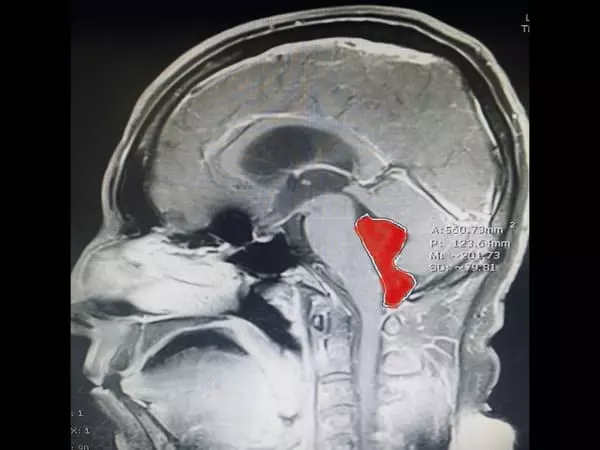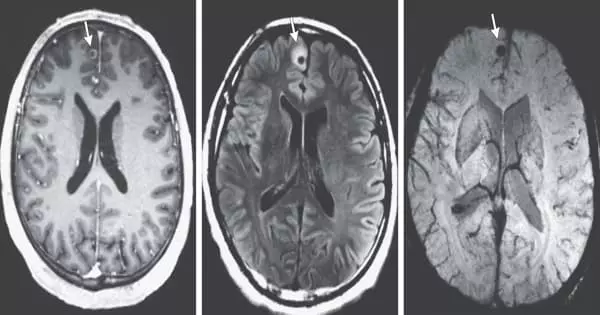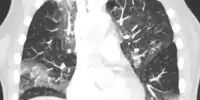Tapeworms are flatworms that can live in the digestive tract of humans. Infections with tapeworms are uncommon in the United States. When they do occur, they are simple to treat. People may be unaware they have a tapeworm infection because they have no symptoms or have mild symptoms.
Tapeworms enter the body when a person consumes something contaminated with a worm or its eggs. The tapeworm head attaches to the inner wall of the intestines and feeds on the food being digested once inside the body. Tapeworm fragments break off and exit the body in feces (poop), along with the eggs they contain. If infected poop enters the soil or water, it has the potential to infect other people or animals.
Doctors discovered a man with tapeworms burrowed into his brain after ingesting feces-contaminated food years before in a scenario straight out of your nightmares. According to Ars Technica, the horrifying condition was discovered when the Massachusetts man was rushed to the hospital following a two-minute grand mal seizure.
The 38-year-illness old’s was initially puzzling because he appeared to be in otherwise good health. Doctors discovered three calcified lesions on the patient’s brain after performing a CT scan on his head. They eventually diagnosed him with neurocysticercosis, a parasitic infection caused by larval cysts of porcine tapeworms burrowing into his brain years before.
The doctors published a case study of their findings in The New England Journal of Medicine. According to Ars, the man contracted the pork tapeworm from his native home in rural Guatemala, a region where the parasite is endemic.

Humans are usually infected with the parasite when they consume undercooked pork that has been contaminated with larval cysts. When this happens, a tapeworm can emerge in the upper intestines of humans, where it can grow to be several meters long and lay more eggs. If a human consumes the actual eggs, which are typically found in contaminated pig feces, the larval cysts can end up in their muscles and, eventually, their eyes and brain.
So, yes, you read that correctly. The man most likely ate feces-contaminated food and contracted brain worms as a result. Please take a moment to stop screaming right now. Once in the brain, the larval cyst can remain for years, forming a nodule that can eventually calcify and cause seizures.
Fortunately for the patient, doctors were able to identify the problem and put him on an anti-seizure and anti-parasitic medication regimen. He was discharged from the hospital five days later, with no residual symptoms or seizures. When the doctors checked in on him three years later, they discovered that the swelling in his brain had subsided. He had also not had any seizures since that dramatic and terrifying day.
A tapeworm that has been in the intestines for a long time can grow large and block the appendix or other organs, causing appendicitis and other complications. Tapeworms come in a variety of varieties. One (fish tapeworm) can cause anemia because it depletes the vitamin B12 required to produce red blood cells. Let this serve as a lesson to you: Make sure to fully cook your food if you don’t want to become a victim of actual, live brain worms.
In the evaluation of most CNS parasitic infections, MRI is superior to CT scan and is nearly diagnostic, especially in endemic areas. Contrast-enhanced imaging is required not only for specific disease diagnosis but also for assessing inflammatory activity.
















